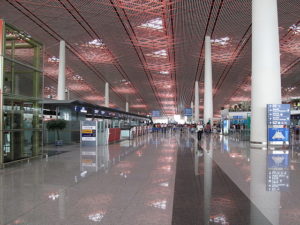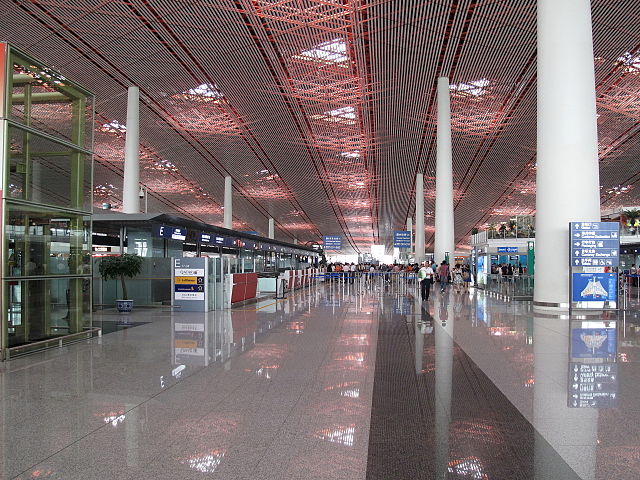 Improved business confidence and increased exports continued to propel air cargo growth through January, as shippers appeared unshaken by persistent economic uncertainties, according to the Airports Council International (ACI).
Improved business confidence and increased exports continued to propel air cargo growth through January, as shippers appeared unshaken by persistent economic uncertainties, according to the Airports Council International (ACI).
ACI said international freight volumes at airports around the world posted growth of 9.5% year-on-year in January, buoyed by inventory build-ups and higher export orders despite the looming uncertainty of trade policies in the face of protectionist sentiments that swept many countries.
International and domestic volumes as a whole increased 5.7% in January, with domestic traffic dropping 2.8% for the month. This drop in domestic traffic was largely the result of business closures in the Asia-Pacific region during the Chinese New Year, said ACI.
Meanwhile, overall passenger traffic in January grew 7.7% compared to the same month last year, boosted by the Chinese New Year.
Many airports across China and other parts of Asia experienced a surge in passenger traffic as compared to the previous year, when the Chinese New Year fell in February. While lower fare offerings continued to act as a stimulus, holiday travel in January was also facilitated by the Gregorian New Year falling on the weekend.
International travel continued to post relatively higher growth than domestic travel, with an increase of 9.4% and 6.5%, respectively, in January. Except for Africa, where remnants of the Nigerian recession persist and where weak transport demand in Northern Africa continues, all regions reported strong gains in passenger traffic.
Most of the buoyant activity in passenger traffic stemmed from double-digit growth rates in the Asia-Pacific region, with gains of 11.5% in January. Both Chinese and Indian airports have some of the fastest growing domestic markets on the globe. Guangzhou and Shanghai, two of the largest Chinese commercial airports, experienced a growth rate in total passenger traffic of 17.0% and 11.3%, respectively. Delhi, the busiest Indian airport, increased 21.0% in January. The Middle East region followed with an increase of 9.3% in passenger traffic. Major airports such as Doha continued to make large strides in traffic.
Despite strong gains in January, passenger traffic growth rates remained consistent across some key emerging markets. In Latin America and the Caribbean, Mexico remained a burgeoning market. Both Mexico City and Cancun, two of the region’s busiest airports, saw passenger traffic increase 13.3% and 12.6%, respectively. On the other hand, Brazil remained in a weakened recessionary state, as passenger traffic contracted 5.7% at Sao Paulo, the country’s busiest airport. Most of this drop is attributed to domestic decline which saw passenger numbers drop 8.4%.
In Europe, despite the impending exit of the UK, one of the largest aviation markets in the world, airports in the region saw an overall increase of 9.0% in passenger traffic for the month. “The strengthening of macroeconomic fundamentals across many European economies and the expansion of the low-cost carrier business model allowed business in Europe to continue as usual,” said the report.
In the aftermath of the American election, the North American economy continued to benefit from strong consumer spending which further fueled gains in passenger traffic for the near term. North American passenger traffic grew 3.7%, representing a strong gain given its mature market status.
By 颐园新居





